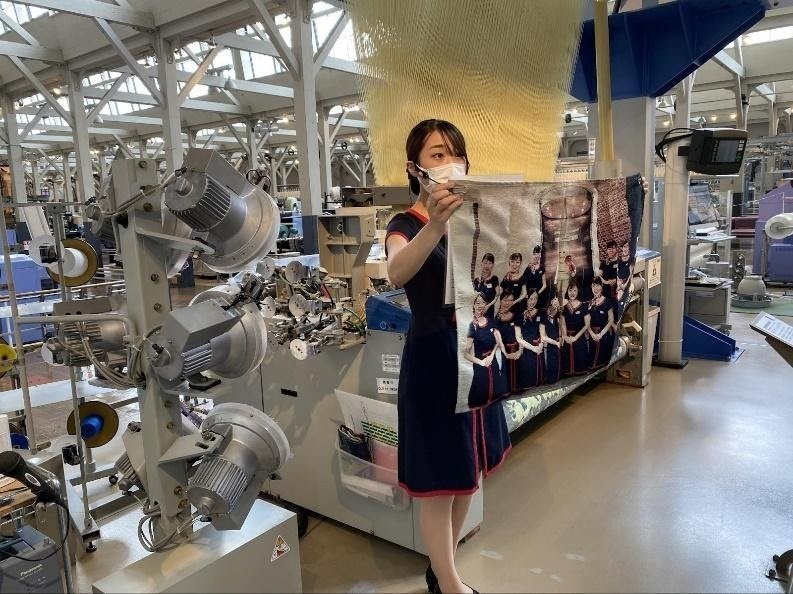Student Report: Visit to Toyota Commemorative Museum of Industry and Technology
MBA degree candidates Dorcas from South Africa and Anna Tracy from Gambia along with other international students visited the Toyota Commemorative Museum of Industry and Technology.
The following is their report on the experience and their impressions.
Dorcas's Report
Who knew that Toyota was initially a textile manufacturing company? Not only did we learn about the history of Toyota, but the company culture as well as its business philosophy.
The tour at the museum (Toyota Commemorative Museum of Industry and Technology) began with the live demonstration of Toyota’s wooden handloom, which was 1st developed in the 1890s. We were then shown through several more looms as they became automated and further developed and enhanced. More than 50-patented technologies exist in this museum and as such, these looms would later be used to make airbags and seat covers for Toyota.

After seeing the cotton farm demos, we also saw the first engine (called “Engine A”) developed in 1934 which went at 110 km/hr (blazing speed for that era). The car that would run on this engine developed in 1936. Throughout this excursion, we had many various live demos, which made it so interactive and educational as well. The name change from Toyoda to Toyota was a fascinating story to learn about as it shows how such subtle differences such as these make a world of difference: drawing out the importance of the firm's name in marketing and brand awareness.
To round off this experience we had a mini performance by a robot playing the violin. It is a “bipedal partner robot” whose hand and finger movements work just like a human does, enabling it to play well known songs on the violin musical instrument.
The entire trip was intriguing and because of the amount of sheer innovation and creativity I witnessed, I too aspire to one day become an innovative business leader who solves real world problems just like Toyota did.
Anna's Report
The Toyota brand is very famous in my country, Gambia, and I grew up with the impression that car production is Toyota’s main domain. So it was a rather surprising twist for me when I visited the Toyota Commemorative Museum of Industry and Technology and found out that Toyota Group actually started as a textile and weaving factory before embarking on actual car production. The museum, as we learnt, was set up to safeguard the history behind Toyota’s transformative innovations from a textile company to the global automobile giant it is today.
The tour around the premises started at the entrance where we were entertained by the Partner Robot violin performance. My first-hand experience of a robot performing a purely human and emotional function which was amazing to me coming from a Human Resources background.

As I strolled around the building with my classmates, I was intrigued by the wide architectural art that was the building in which the founder, Sakichi Toyoda’s industrial revolution began: from cotton plants to cotton balls; heaps of refined cotton woven into beautiful tapestry; we had the opportunity to see how this process worked through live demonstrations performed by the museum staff on various spinning machines – from the traditional 1890’s yarn spinning hand-operated loom to the most advanced electronically powered loom – a process which brought home Toyota’s principle of continuous improvements (kaizen).


The highlight of the tour for me was to see the array of different Toyota car models and their engines produced; from the 1930s Toyota AA model to the present-day Hybrid model. It was amazing to see the innovative process of Toyota cars first-hand taking me on a journey of transformation in its car production for every era in history commemorating the founder’s spirit of creativity and innovation.

We are more than excited to welcome these students to Japan and are proud to provide impactful experiences both inside and outside of the classroom.
If you are in Japan and interested in visiting the museum yourself, please visit the link provided below.

 Brochure
Brochure
 Info Session
Info Session
 Application
Application
 Alumni Voices
Alumni Voices






